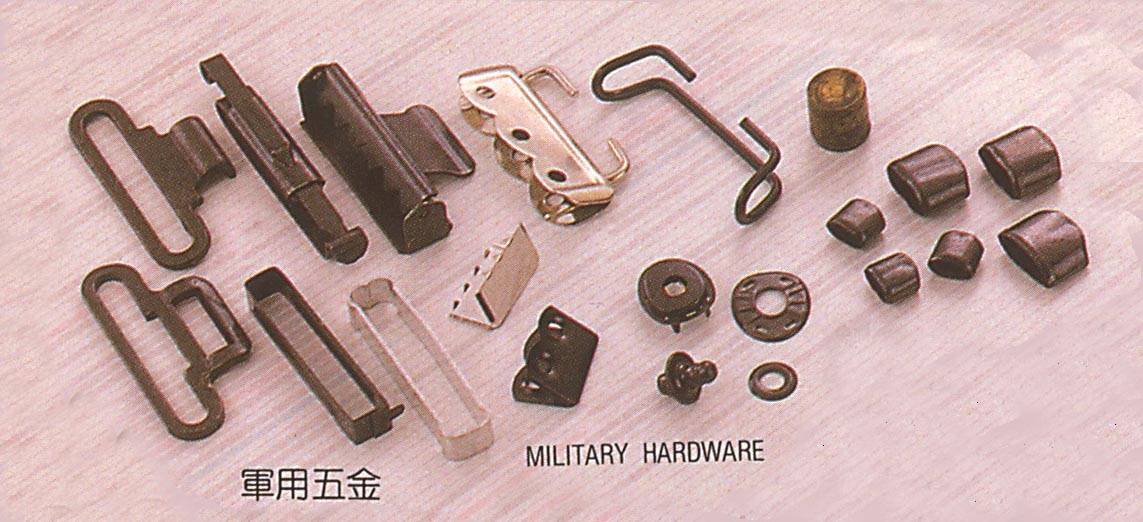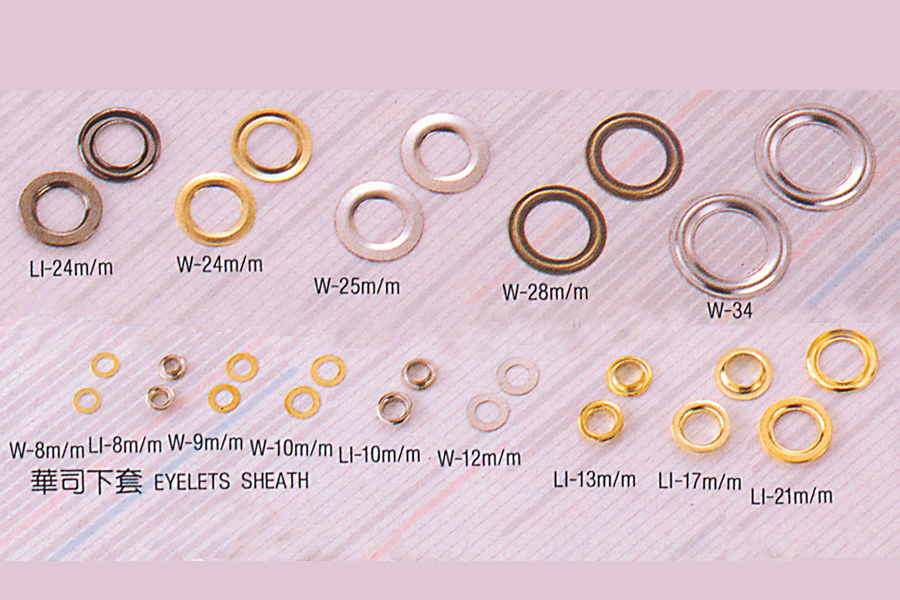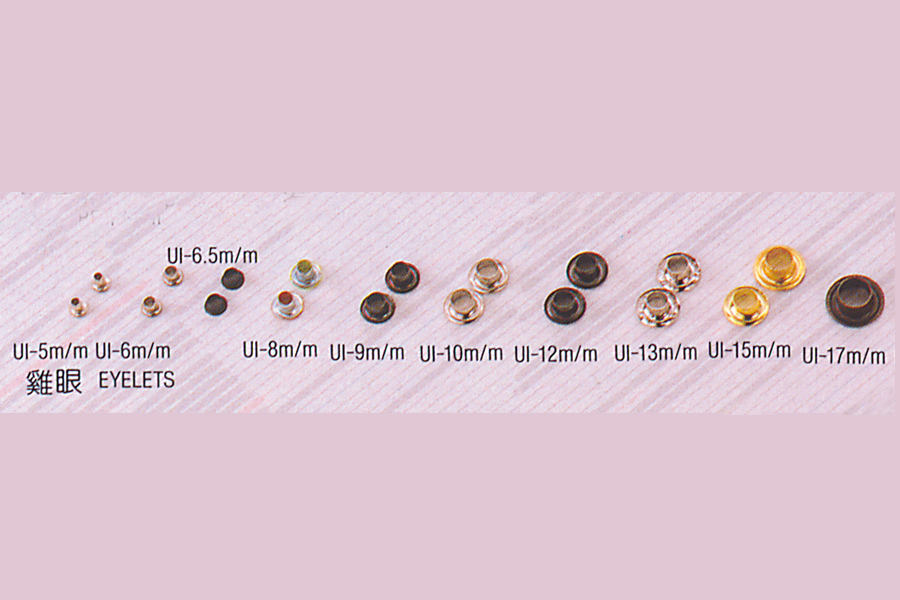military hardware
 Military hardware parts
Military hardware parts
Military hardware parts refer to small metal parts used in military applications. These parts are usually used in military equipment, military vehicles, weapon systems and other military equipment. These hardware parts play a vital role in military operations and missions, and their quality, reliability and durability are all critical elements.
There are many types of military hardware parts, including but not limited to:
Bolts, nuts and screws: Used to secure equipment and components to ensure their stability under high-strength and vibration conditions.
Bolts and pins: used to connect and secure different components to ensure the stable operation of military equipment.
Keys and Inserts: Used to mate with other parts to maintain accuracy and consistency in specific locations.
Nails and rivets: Used to reinforce and join metal or other materials to enhance the structural strength of military equipment.
Triggers and bolt parts: used for the operation and shooting control of military weapons and firearms.
Handles, tabs and grips: Used to maneuver and control military equipment, such as vehicle operating handles or weapon grips.
Military Buckles and Rings: Used to secure and adjust tactical gear and military backpacks.
Magnets and magnetic parts: used in electronic equipment, magnetic detectors and other military technology.
Military Locks: Used for secure storage of military equipment and sensitive materials.
These military hardware parts need to meet strict military standards and quality control requirements to ensure they function properly under extreme environmental and combat conditions. Therefore, manufacturers producing these parts must have advanced manufacturing technology, strict quality control systems and expertise in military applications.
Material selection: Military hardware parts usually require the use of high-quality, high-strength materials, such as stainless steel, alloy steel, titanium alloy, etc., to ensure the durability and reliability of the parts in extreme environments.
Corrosion resistance: Military operations often occur in a variety of harsh environments, including seawater, deserts, and mountains. Therefore, military hardware parts need to have excellent corrosion resistance to ensure long-term use.
Precision manufacturing: Military equipment has high requirements for precision and repeatability, so the manufacturing of military hardware parts requires the use of advanced processing technologies, such as CNC machine tools, casting, stamping, and laser cutting.
Testing and verification: Military hardware parts need to undergo rigorous testing and verification to ensure that they meet military standards and performance requirements. These tests include mechanical performance tests, durability tests, corrosion resistance tests, high temperature and low temperature tests, etc.
Confidentiality: The R&D and manufacturing of military equipment usually involves national security and confidentiality. Therefore, manufacturers of military hardware parts must strictly abide by the corresponding security and confidentiality regulations to ensure that no confidential information is leaked.
Adaptability: Military equipment needs to be able to cope with different tactics and combat environments, so the design of military hardware parts needs to have good adaptability and versatility to meet various needs.
Maintenance and replacement: Maintenance and replacement of military equipment may be performed on the battlefield, so military hardware parts need to be easy to replace and repair, and should be compatible with existing equipment.
The importance of military hardware parts cannot be ignored. They are key components to ensure the efficient operation of military equipment and protect the lives of soldiers. Therefore, the manufacturing and supply of these parts requires an extremely high level of professionalism and strict quality management to ensure the highest quality products and services for the military.
When it comes to military hardware parts, their specific functions and importance in different military applications can be further explored:
Weapons and Firearms Parts: Military hardware parts play a key role in weapons and firearms. For example, parts such as the trigger, bolt, locking system and magazine directly affect the shooting performance and smooth operation of the weapon. The quality and reliability of these parts are directly related to the combat effectiveness and safety of soldiers.
Armored Vehicles and Combat Vehicle Parts: Military hardware parts are used in armored vehicles and combat vehicles to secure and support armor plates, connect mechanical components, and provide fastening devices, among other functions. Their durability and strength are critical in facing attacks from enemy weapons on the battlefield.
Communications and electronic equipment parts: Military communications and electronic equipment require high-precision parts to ensure reliable operation, such as connectors, sockets, wires, electronic components, etc. These parts are critical for accurate communications and intelligence transfer within enemy territory.
Military Tools and Equipment: Military hardware parts are used to connect, secure and assemble in military tools and equipment. These tools may be involved in repairing, building, and maintaining gear, so their reliability and durability are key.
Military equipment improvements and upgrades: The military usually improves and upgrades existing equipment to improve performance and adapt to new tactical needs. Military hardware parts play an important role in this, they may be replacement parts for existing equipment or they may be upgrade parts to improve the performance and functionality of existing equipment.
Overall, the importance of military hardware parts in modern warfare cannot be underestimated. They are the basis for ensuring the normal operation of military equipment and systems and ensuring the operational safety of soldiers. Therefore, the military and military equipment manufacturers require a high level of professionalism and responsibility in the research, development, manufacturing and supply of military hardware parts.
When it comes to military hardware parts, there are some key points worth exploring in depth:
Quality Control: The manufacturing of military hardware parts requires strict quality control to ensure that each part meets military standards and specifications. This includes the use of high-quality raw materials, advanced manufacturing techniques, and rigorous testing and verification. The quality of military hardware parts directly affects the performance and reliability of military equipment, so quality control is crucial.
Meet standard requirements: The manufacturing of military hardware parts must comply with specific military standards and specifications, such as MIL-STD (US Military Standard), ISO standards, etc. These standards specify the dimensions, materials, properties and testing methods of parts, ensuring their consistency and interchangeability.
Anti-vibration and impact performance: Military operations often suffer from vibration and impact, so military hardware parts need to have excellent anti-vibration and impact resistance. These features ensure that the equipment can still function properly under extreme conditions.
Non-magnetic and low radar signature: In some military applications, military hardware parts need to be non-magnetic and have low radar signature to avoid detection by enemy radar and detection systems.
Maintenance and Supply: Military hardware parts often require long-term supply and maintenance. Because the service life of military equipment can be decades, suppliers of military hardware parts need to ensure continued support and supply.
Nanotechnology application: With the continuous development of science and technology, the application of nanotechnology has also begun to affect the design and manufacturing of military hardware parts, lighter weight and smaller size, which are of great significance to the development of military equipment.
In summary, military hardware parts are indispensable and important components of military equipment. Their quality, performance and reliability are directly related to the safety and combat effectiveness of soldiers and equipment on the battlefield. As military technology advances and needs change, the design and manufacturing of military hardware parts will continue to develop and innovate.


